Nostalgia on Tuesday: Talking Pictures
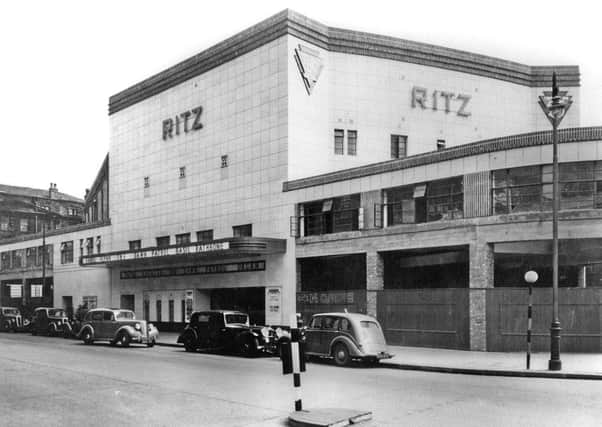

The British public first paid to watch performances of films at the Polytechnic in Upper Regent Street, London, on February 21, 1896. The Lumiere brothers showed a selection of short films using their Cinematographe equipment. This was followed a week later by a British inventor, RW Paul, screening films at Olympia with his own projection equipment.
As a new form of entertainment the animated pictures craze soon spread across the country.
Advertisement
Hide AdAdvertisement
Hide AdFilms were seen at travelling fairs, local halls and music halls. Then the next phase witnessed buildings converted for use as cinemas. By the 1920s cinema-going was well established and many small regional circuits were in operation, heralding the way for a major wave of cinema construction. Sound was introduced later in the decade and by the end of the 1930s three national cinema chains had emerged: Associated British Cinemas, Gaumont and Odeon.
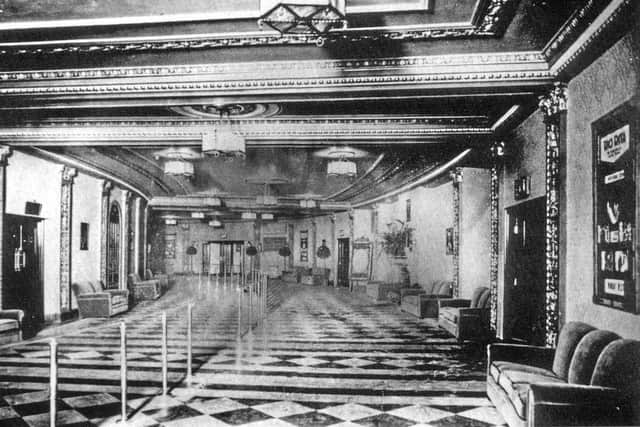

Over the years Bradford has enjoyed a healthy connection with the cinema world. From the last decade of the 19th century the city was a hive of activity with experiments in film-making, camera construction and projector development.
The first cinema performance in the city took place at the People’s Palace on April 6, 1896. Films shown included A Barber’s Shop, A Dentist’s Surgery and The Blacksmith’s Shop, and it is probable that these were shown using the Lumiere Brothers’ equipment.
Associated with the early film industry were several Bradford pioneers: the Riley brothers, dealing in magic lanterns and film, and RJ Appleton, a local photographer who shot footage of Queen Victoria’s Diamond Jubilee, then amazingly, only a few hours later, screened the event in Watkins Alley in the city.
Advertisement
Hide AdAdvertisement
Hide AdBradford followed the pattern of other towns and cities where films were shown first in converted buildings, theatres and music halls. An example was the Picturedrome established in the Bridge Street Wesleyan Association Chapel, the Picture House opening in a converted warehouse.
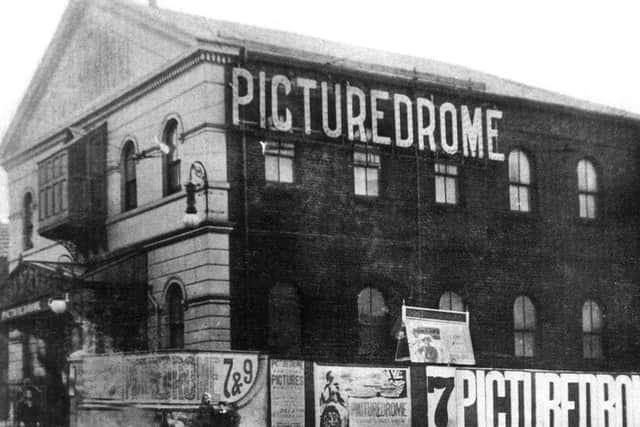

Purpose-built cinemas emerged and among these were the Bradford Picture House, Morley Street; the Regent, Manningham Lane and the Scala Picture House, East Parade.
The UK’s three main cinema circuit owners – Gaumont, Odeon and ABC – all took root in Bradford during the 1930s. The New Victoria, for backers Provincial Cinematograph Theatres and Gaumont British Picture Corporation, opened on September 22, 1930. It seated 3,500 patrons and the building also boasted a cafe and ballroom. For many years besides showing films the New Victoria was noted for presenting stage shows.
The Odeon opened in Manchester Road on December 17, 1938, when the main feature was the world premiere of The Ware Case starring Clive Brook, who also attended the opening. The proscenium was 38ft wide and 14ft deep and seating was available for 2,713 patrons, making it the largest cinema at that time in the Odeon chain.
Advertisement
Hide AdAdvertisement
Hide AdThe Ritz, for Associated British Cinemas, ABC, opened on May 8, 1939. The gala ceremony was attended by the Lord Mayor of Bradford, Alderman TJ Robinson. The first film shown was The Citadel.
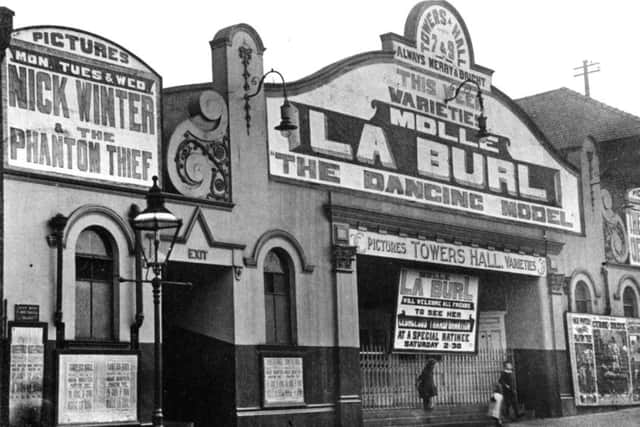

After the Second World War, Bradford’s three super cinemas suffered a downward spiral largely, as may have been predicted, through changing entertainment trends.
The New Vic, as it was known, became the Gaumont in September 1950 and four years later CinemaScope was added. Many pop groups played at the Gaumont in the 1960s including the Rolling Stones in 1963 and 1965 and the Beatles twice in 1963 and again in 1964. The Gaumont closed on November 30, 1968, and the final film was Rio Conchos. The building then re-opened in 1969 as Odeon Twins with the former stalls area being converted into a bingo club. Odeon 3 opened in 1988 but the last film to be shown was Chicken Run in Odeon 2 on July 2, 2000.
Bradford’s Odeon cinema (along with Odeon Theatres Ltd) was taken over by the J Arthur Rank organisation. CinemaScope was installed during 1954 and structural alterations were carried out in 1961; the seating was also reduced to 2,447. Bradford Council acquired the Odeon leasehold in 1966 as the site was required for future city redevelopments. Closure came in 1969 after the screening of The Thomas Crown Affair. A year later the building was demolished and the new Law Courts were built on the site.
Advertisement
Hide AdAdvertisement
Hide AdOn Friday, September 20, 1946, heavy storms caused flood damage to Bradford’s Ritz which was closed for almost a week. A panoramic wide screen was added in 1953, 3-D and CinemaScope a year later. The building opened as a ‘Triple’ in 1974 and became known as the ABC Film Centre. In February 1987 control passed to Cannon but the cinema closed in 1987. The closing film in ABC1 was the premiere of Rita, Sue and Bob Too. The building was demolished a year later.
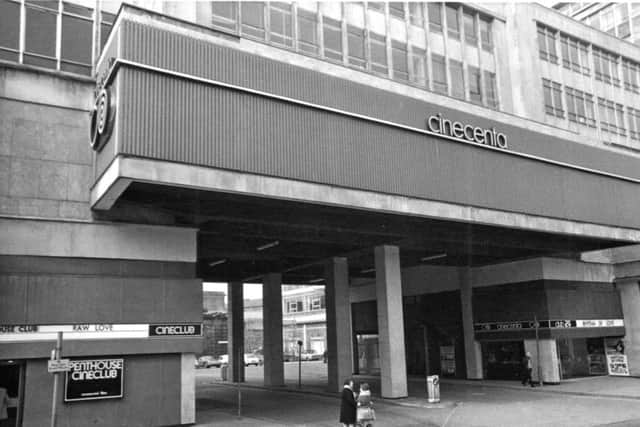

Whilst there are no more 1930s super cinemas in operation in the city, a publication, Bradford’s Cinema Heritage Trail, takes the visitor around the area and highlights 23 key sites which have had an impact on the world of cinema.
The publication also recalls that Bradford (and the West Riding) was once called ‘the cradle of the cinema industry’ and today it has earned a reputation for being a city of film where the making, watching and celebration of film is taken seriously.
Thanks to the Cinema Theatre Association for help with this piece.